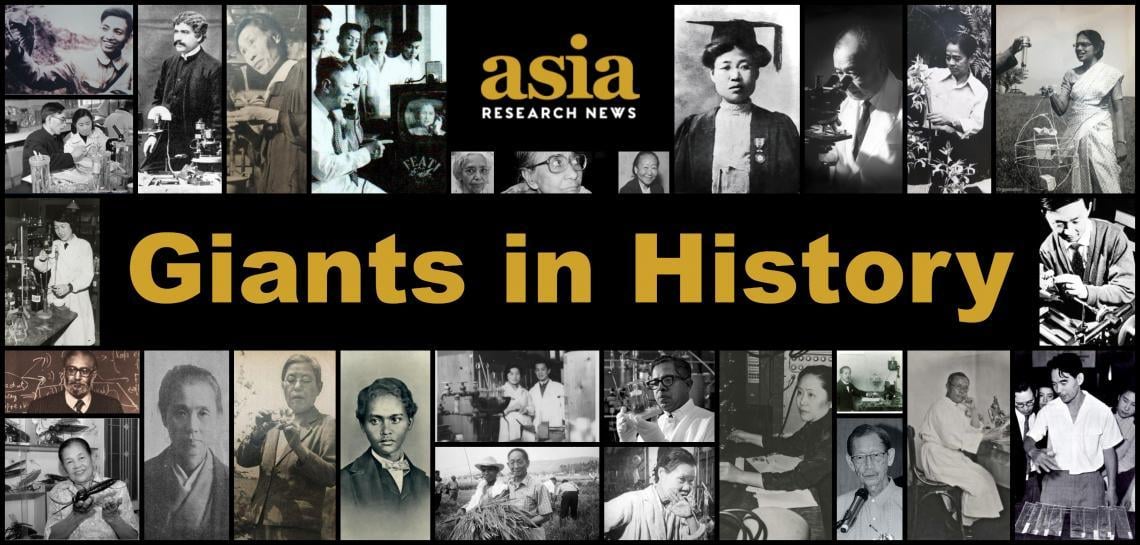The visionary who studied ancient plants
Birbal Sahni (14 November 1891 - 10 April 1949)
India

Birbal Sahni (14 November 1891 – 10 April 1949), a pioneer of Indian palaeobotanical research, and founder of what is now the Birbal Sahni Institute of Palaeosciences in Lucknow, made multiple contributions to the study of prehistoric plants. These include the discovery of a new group of fossil gymnosperms (named Pentoxylae), reconstruction of the extinct Williamsonia sewardiana plant, and description of a new type of petrified wood from the Jurassic age. As a child, Sahni went on many trips with his family to Bhera, a region close to the Khewra Salt Mine, famous for its production of pink Himalayan salt. The geological features of the area are believed to have inspired the young Sahni’s fascination with geology, while his interest in science was influenced by his grandfather, an amateur chemist, and his father, Indian meteorologist Ruchi Ram Sahni. After studying with the well-known botanist Shiv Ram Kashyap at the Government College, Sahni moved to England to pursue studies in botany. There, he was invited to revise a book on botany for Indian students. A prolific researcher, Sahni is remembered for his many contributions to palaeobotany, and as an astute observer with a remarkable ability to apply theories to his observations. After examining coniferous wood remains from Harappa, for example, Sahni inferred that there were likely trade links between Harappa people and people in the mountains where conifers grew. The Birbal Sahni Institute of Palaeobotany, created shortly before his death, was founded on his vision of coordinating palaeobotanical research through international goodwill and cultural cooperation. (Photo courtesy The Birbal Sahni Institute of Palaeosciences)






